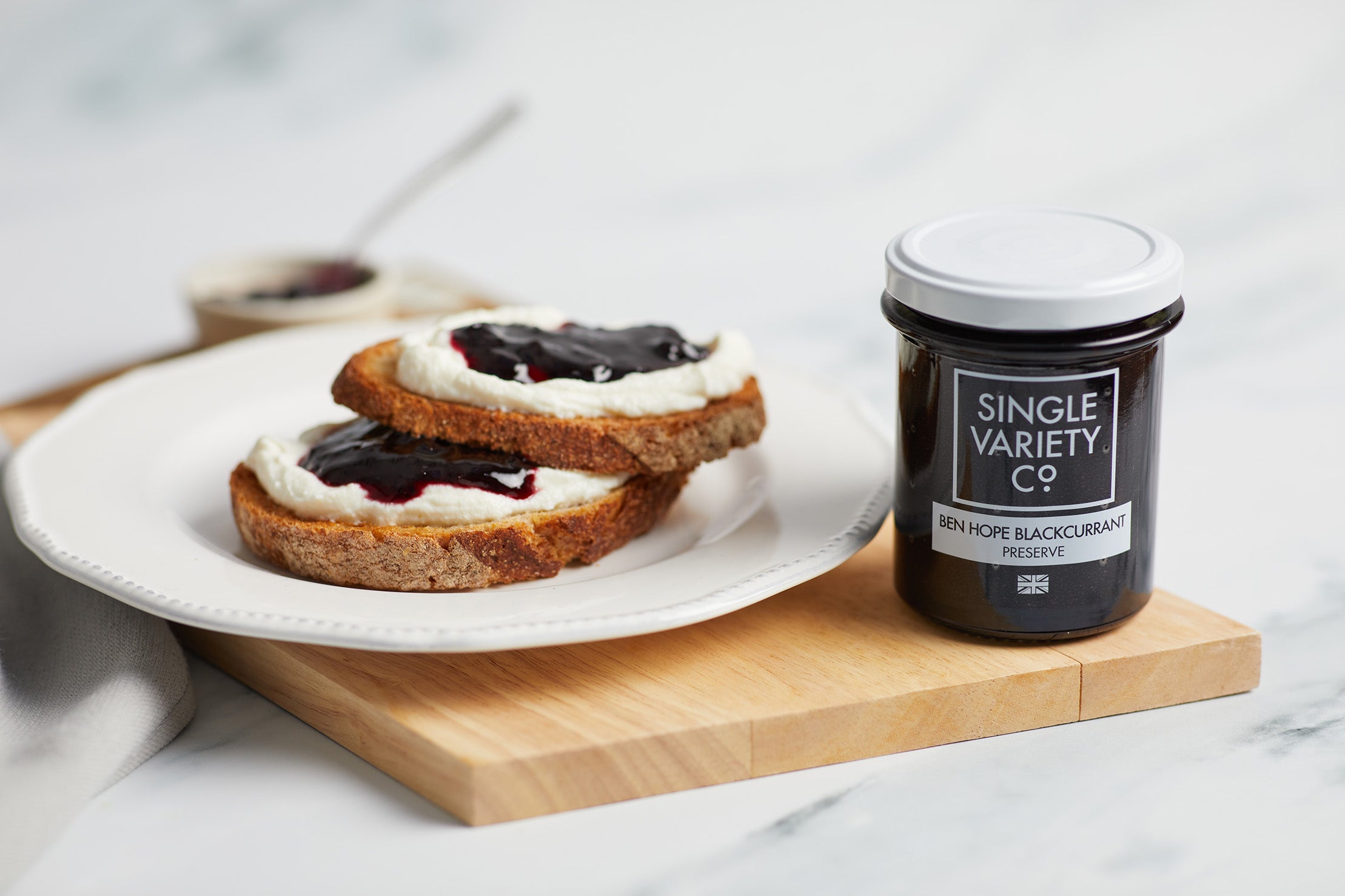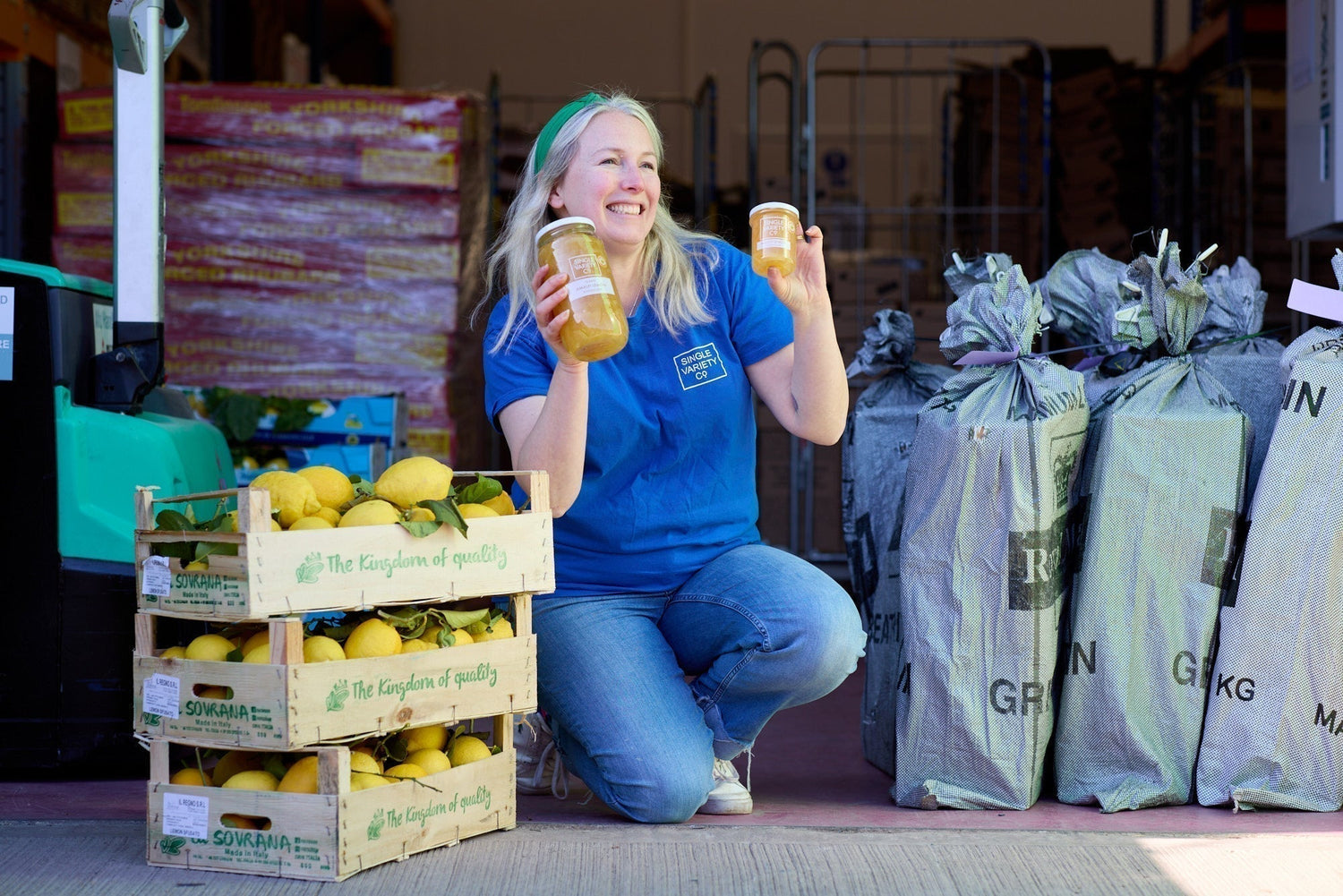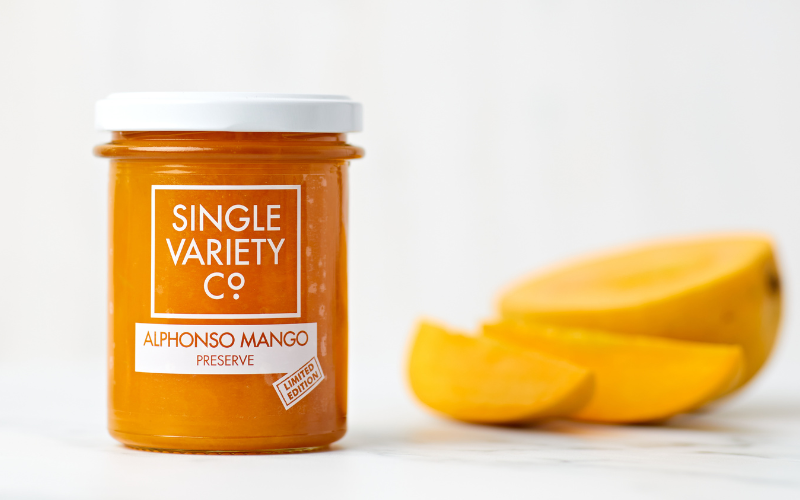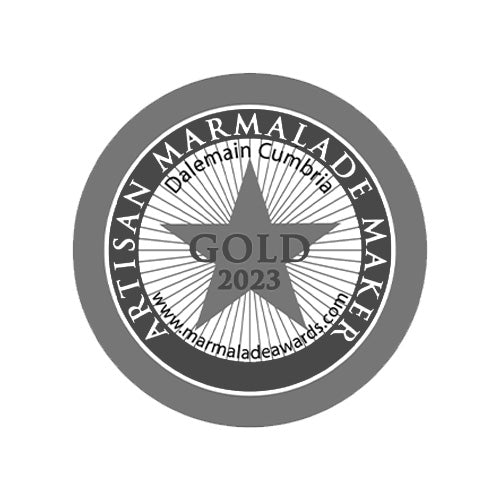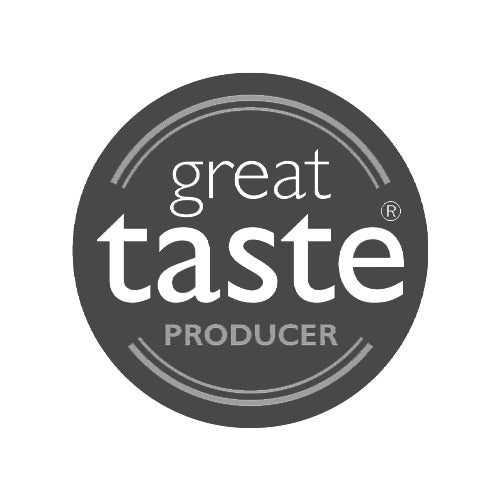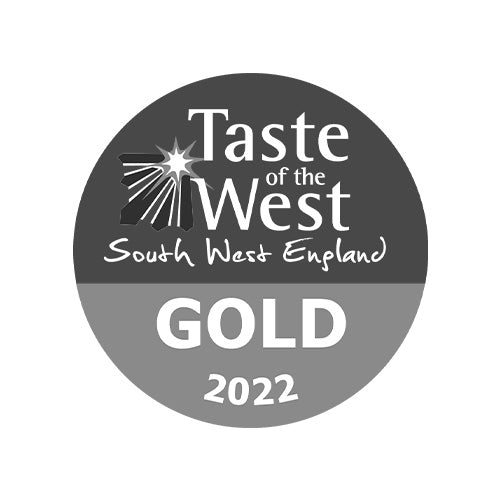Ever wondered what the difference is between a jam and a preserve? I get asked this question a lot and the answer may surprise you! There is specific regulation in the UK which covers jam- The Jam and Similar Products (England) Regulations 2003. It’s a pretty big read so here’s a summary:
- to legally be called jam the product must contain a minimum of 60% sugars (that includes natural fruit sugar and added sugar).
- and must contain a minimum of 35% fruit (some fruits you are allowed less e.g. 25% for blackcurrants.
- Both of these must be detailed on the back of pack, e.g. prepared with 35g of fruit per 100g (which would mean 35% fruit).
35% fruit???? It’s hardly anything! Our fruit preserves all contain a minimum of 50% fruit, and most much more (and therefore much less added sugar). And due to our short cooking times which retain the fruit flavour most of them contain much lower than 60% total sugars. So we cannot legally call them jam! The word preserve can be used as an umbrella term for all sorts of fruit spreads, but typically a preserve will have a higher fruit content and lovely chunks of fruit pieces in it, which matches us perfectly so this is what we choose to call them.
You might also wonder about a conserve- well this again has no legal regulations, so we could just as easily call our preserves a conserve. Just definitely not a jam. Confusing hey?!
Want to try our high fruit preserves? See all our flavours and order online here.



